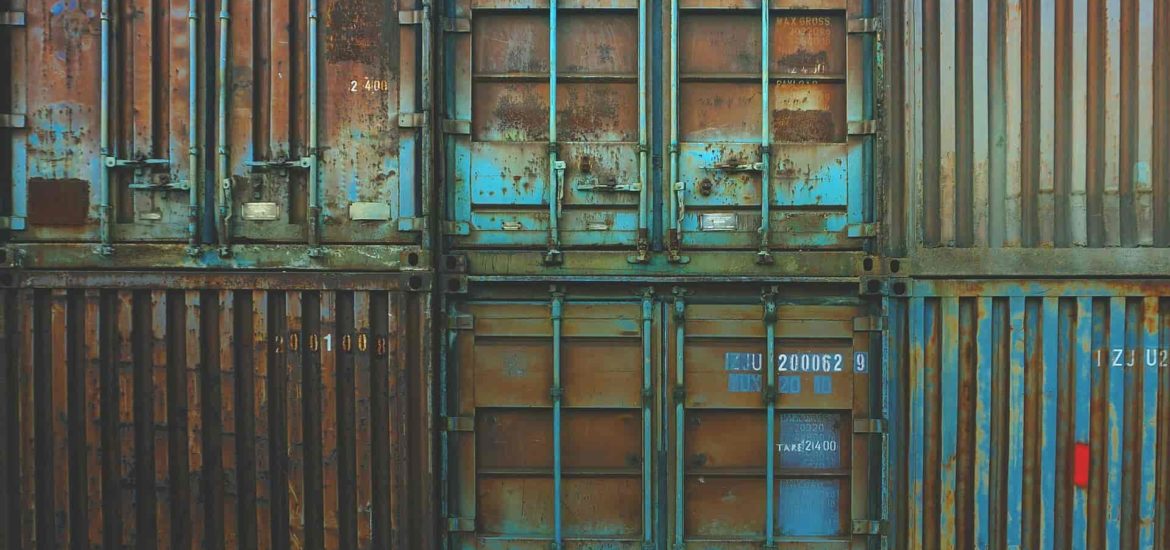Condensation damage can devastate a shipment, ruining goods and affecting relationships with clients. The monetary loss a business can incur due to shipment rejection due to container rain is huge. Unfortunately, shipment of goods faces a rather large hurdle during freight transport.
How Condensation Can Ruin Your Shipment
In their transportation efforts condensation occurring in freights are also known as shipping container condensation, which can damage the cargo in the container used for shipping & transport.
Read More : 4 Shipping Methods to Transport Your Business Goods
The shipped goods can be damaged in the form of, packaging deterioration. Formation of mold and mildew. Constant condensation over time can lead to rust & corrosion of the metal contents and the container itself. Warping of wood and caking of powder found in goods also affect the quality of the shipment.
What Affects the Amount of Condensation during Freight Transport?
The amount of condensation in a shipping container can vary based on temperature, air space, ventilation, moisture content of the goods you’re shipping, and container usage.
Temperature
Temperature can vary depending on transportation route and shift from day to night. When temperatures significantly change, liquid can build up in the air.
Ventilation
If a shipping container is not properly ventilated, flow of air is obstructed. In certain shipping situations, depending on route and local temperatures lack of ventilation can cause a further buildup of moisture. Air flow can help equalize temperature inside the container with temperature of the outside air; the smaller the difference between the two, the less likely condensation is.
Empty Space
The more space left open in the container, the more moisture content in the air. This makes condensation issues more likely.
Also Read : 4 Strategies to Improve Supply Chain for your Business
Moisture Content of Shipped Goods
The hygroscopic goods in a shipping container can play a significant role in moisture levels. Paper, cardboard, wood, organic materials, chilled foods and beverages, and other commonly shipped products can release moisture when the temperature outside of the container drops. This moisture then collects on the walls and ceiling.
Container Usage
The way your container is treated during packing processes and throughout transit can also affect the likelihood of condensation. The following elements of container usage can also affect the amount of moisture in the container,
- The frequency at which doors are opened
- The frequency at which a container is loaded or unloaded
- Weather conditions
- Time of day
What Happens if You Don’t Stop Condensation in a Shipping Container
While a single incidence of condensation damage type of loss can be managed, repeated losses over time can devastate a business. The proof is noticeable, and cases of cargo loss aren’t isolated. Approximately 10% of all containerized goods are discarded due to moisture-related damages. These costs can quickly add up, and significantly impact your business’s profitability.
Learn More : Logistics Management – Why It’s Vital and How to Enhance It?
With a wide range of packaging solutions, discover ways to get goods safely from Point A to Point B. Find forward thinking solutions designed to protect your cargo around the world and improve your bottom line.
Do You Know How Condensation Can Ruin a Shipment During Freight Transport? Comment them on Trdinoo for others to learn. Please subscribe and share us with your friends and networks.
